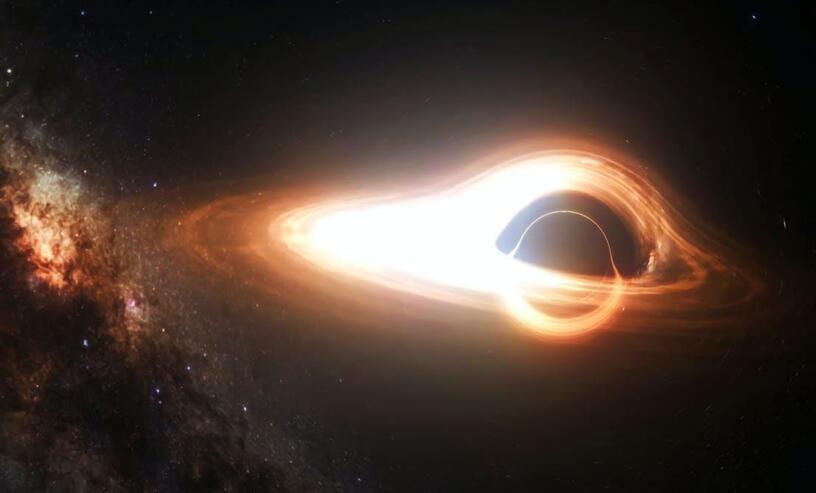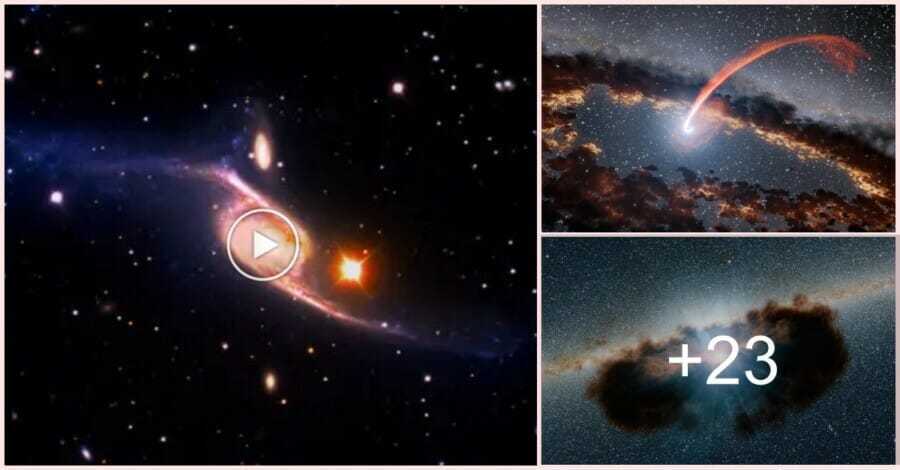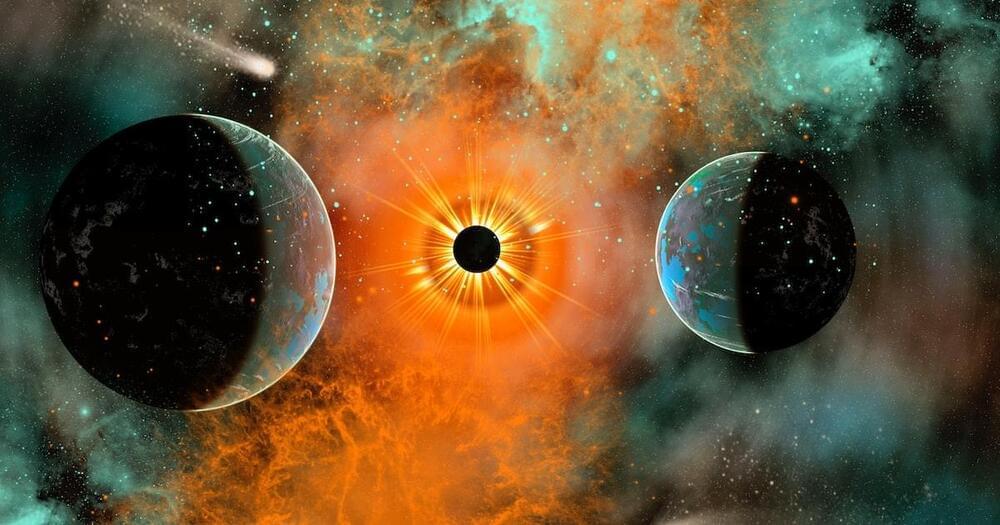The new modeling method could help scientists better understand the inner workings of black hole mergers.
A team of researchers from the US has developed an improved method for modeling the mergers of colossal black holes.
Their improved method could help shed new light on the structure of merging black holes and their role in the universe.




